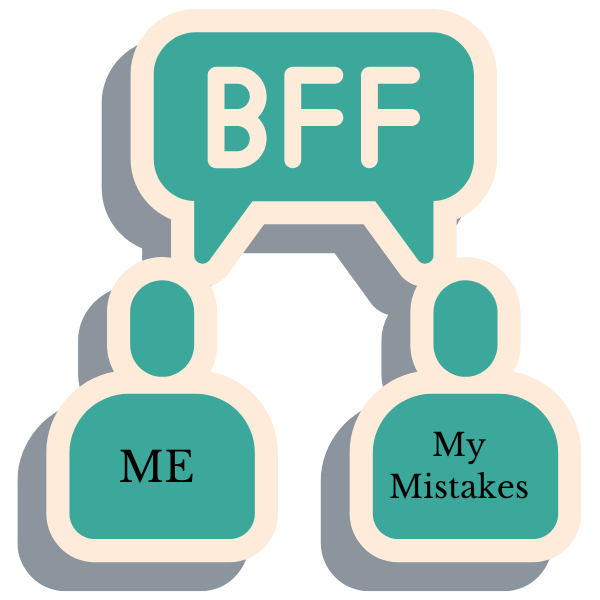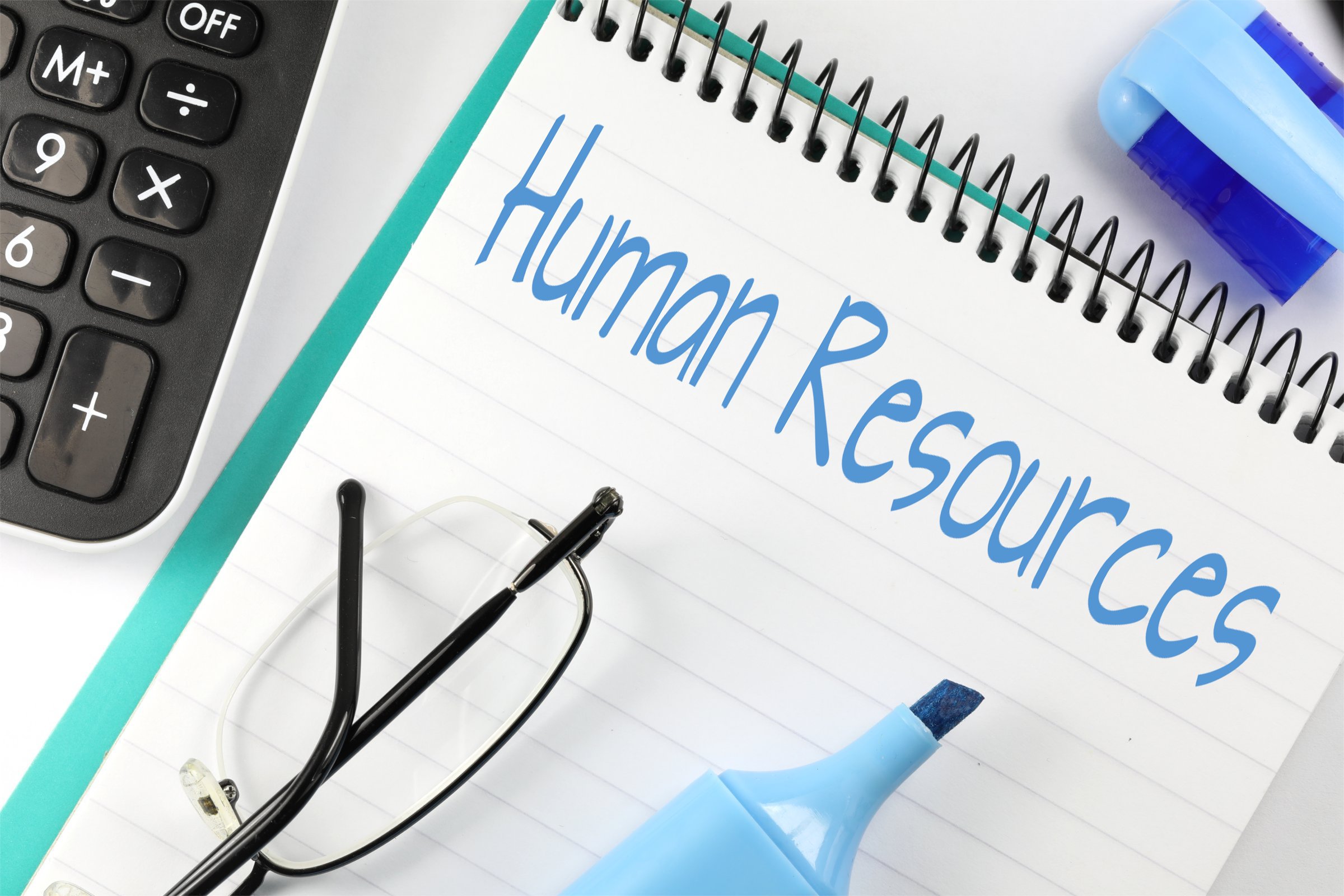Introduction
Do any of the statements below sound familiar? If so, read on!
I’m so stressed. I can’t focus. I have a test coming up in my English class, and my math teacher just told me I need to get in an old assignment. I have so much to do, I’ll never get it all done. My parent/teacher/boss is on my case.
What is Mindfulness?
Mindfulness is the awareness that arises from paying attention, on purpose, in the present moment, and in a non-judgmental way. In other words, we can think about mindfulness as a practice of paying attention to what we are feeling or thinking without any judgment of the emotions and sensations while we are feeling them.
Note: Although there is technically a difference between the two, the terms “mindfulness” and “mindful meditation” are often used interchangeably, as we will in this discussion.
Why is Mindfulness Important?
Practicing mindful meditation offers numerous benefits that can significantly enhance your overall well-being. I know some may wonder what the big deal is, but I think it can be a game-changer. Pretty cool, right? Mindful meditation can help manage negative emotions and thoughts and direct attention away from stress and other negative feelings.
Mindfulness benefits you not only when you are having negative thoughts or feelings; it can also provide opportunities to tap into your own resources and better understand your mind. So, when you practice mindfulness when you are not in a stressful situation, it can help you better handle a stressful situation later.
For example, my practice of mindful meditation changes over time and one of my practices right now, is to walk my dogs at the beginning of the day and focus on the birds singing and my breath. When my mind starts wandering and it always does, I practice refocusing on the birds singing and paying attention to my breath. Some days I get up late and do not make the time. On those days, I notice that my thoughts race just a bit more, and stressful situations are more difficult to work through. There is no magic bullet for handling stress and staying in a peaceful state of mind, but as the title of Dan Harris’s book, 10% Happier, makes obvious, it can help to be happier to some degree or percentage – at least 10% and I’ll take that!
You have probably heard of the proverbial dog that instantly directs its attention to the squirrel. Practicing mindfulness can build your ability to focus intentionally. So that instead of being the dog that just focuses on whatever comes to sight or mind, you can start paying attention to what you want to pay attention to or reflect upon. As you become more aware of where your attention is going, you build that muscle to be able to focus on what you want to focus on and be better able to thoughtfully respond.
Mindfulness can help to respond instead of reacting. Reacting to something is like being on autopilot – without thinking about it much. This is when we give in to impulses, emotions, and urges. The dog, without thinking, is instantly going in the direction of the squirrel, which can be dangerous, right? The dog could get run over by a car, choke on the collar, or hurt its human by pulling the leash too hard. Responding thoughtfully to something can help us to have wisdom and reflection on how we deal with a situation. In a world where we are constantly yanked around by the collar of attention-hijacking, this is more important than ever!
Mindfulness is important because it is your “doorway” into knowing yourself and continually learning about yourself. We often hear about the importance of lifelong learning, and if there is anything that we should continue to learn about for the rest of our lives, it is to become the expert about our own mind and self! It’s an opportunity to be more kind and loving to yourself and connected to your own mind.
How to Begin Mindfulness Meditation
One of the great things about mindfulness meditation is that you can do it anywhere, any time, and you don’t have to buy any equipment at all.
There are lots of ways to get started and practice, too, so let’s walk through a good beginning point. Try it for just 60 seconds. Later, you can try it for longer times if you want to, or less if you want to. So set a timer for 60 seconds. First, sit in a comfortable position. It doesn’t need to be anything fancy; just get comfortable. You can sit outside at a park or sit on any chair or couch. Close your eyes if you want to. Then, focus on your breath for 60 seconds.
Pay attention only to your breath going in and out of your nose or mouth. If you want to feel your breath going in and out, lay a hand on your belly or your chest. You will get distracted, and that might make you think you are doing it wrong. Guess what?! You are doing it right! Our brains are always thinking and wandering, so when you notice your mind wandering, bring it back to your breath. Each time your mind wanders, bring it back to focusing only on your breath. In and out. Each time you bring your attention back to your breath, it’s like you are doing a push-up for your brain.
Just like push-ups, if you do push-ups only once, you won’t get strong. But if you do push-ups each day, you get stronger and better over time. The same is true with mindful meditation. As you continue to practice, you will get better and begin to notice the positive effects. It isn’t easy, but with practice, it gets easier, and you will see more benefits.
Just like our bodies need to work, rest, and play to be healthy, so do our minds. There is nothing magic about it. You won’t find yourself going into some otherworldly state of mind. There is a lot of science behind how this works for our emotional, mental, and physical health, and more studies are in progress all the time as scientists are learning more and more about the brain and how it functions.
After you have practiced mindful meditation, try to notice how you feel and respond throughout your day. I like to do mindful meditation in the morning so I can begin my day with energy and calm. You are your own expert on yourself, so try out a few different ways and see what you like best!
We have linked resources below to help you get started and keep going. Sometimes I like to use an app, like Headspace or Calm, where you can get several guided meditations for free. I go through different phases where I like to meditate in one way, then I want to move on to a different way. I am trying out a couple of podcasts on mindful meditation, so I will keep you posted on that!
Give it a try, and we would love to know what you think!
There is more to come on our mindfulness journey! Sign up on our website and follow us on Facebook and Instagram for more!
Resources and further reading:
- Jon Kabat-Zinn: Jon Kabat-Zinn is a leading expert on mindfulness and the author of Mindfulness for Beginners, among many other books.
- Dan Harris Podcast and Website and Book: Check out Dan Harris’s podcast and book 10% Happier for more insights into mindfulness.
- Calm and Headspace: Explore guided meditations and more on the Calm and Headspace apps.







